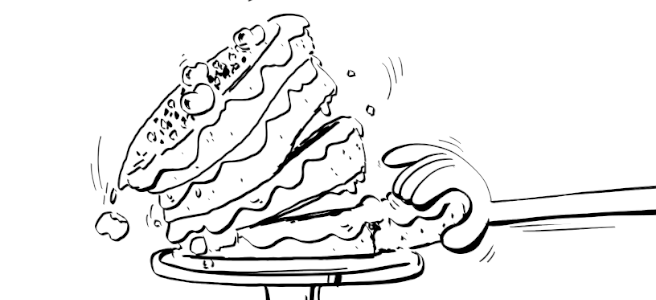I love cartoons. That’s not surprising, I got into this business because I love of the medium. Most of the time I prefer to watch good animation. Maybe it’s because there’s something uncomplicated or unpretentious about the storytelling. The problem is that I want animation to be even better. I want better shows to watch, lots of them. I watch a lot of animation waiting for them to go deeper, to be more impactful.
When we talk about the depth in storytelling I don’t really mean seriousness or adult themes. Those don’t really interest me. I mean depth as having meaning, a show that tries to say something. I know the creators and artists want to do this. They try so hard to make every show as good as can be. Animators have always taken their craft seriously in a system that doesn’t. They try to simplify the concept to appeal to the widest possible audience. The system might avoid continuity so the show plays better in syndication. This was the mass media system, and the system is starting to shift.
One way I like to think about it is that children’s television could come to resemble children’s literature. It will be diverse in its subject matter. It will also be able to delve deeper into meaningful stories. Longer series, telling unfolding stories. What’s changed is viewing habits. People are watching full series often many times over. Missing an episode and being out of the loop is hardly a problem any more. The kind of content has to be interesting enough that the viewer sees new things with each viewing. Where the complexity and the richness is part of the enjoyment. You don’t have to simplify or tone down your idea. If you want to tell a story that long, a story that’s meaningful, a story that reaches out and speaks to a group of people. Go do it. Choose the audience you want to reach and go make something important.
If you liked this article share it with a friend or subscribe to Indie Animated newsletter, I do a post every Friday morning about Animation, Storytelling, and making things that matter




